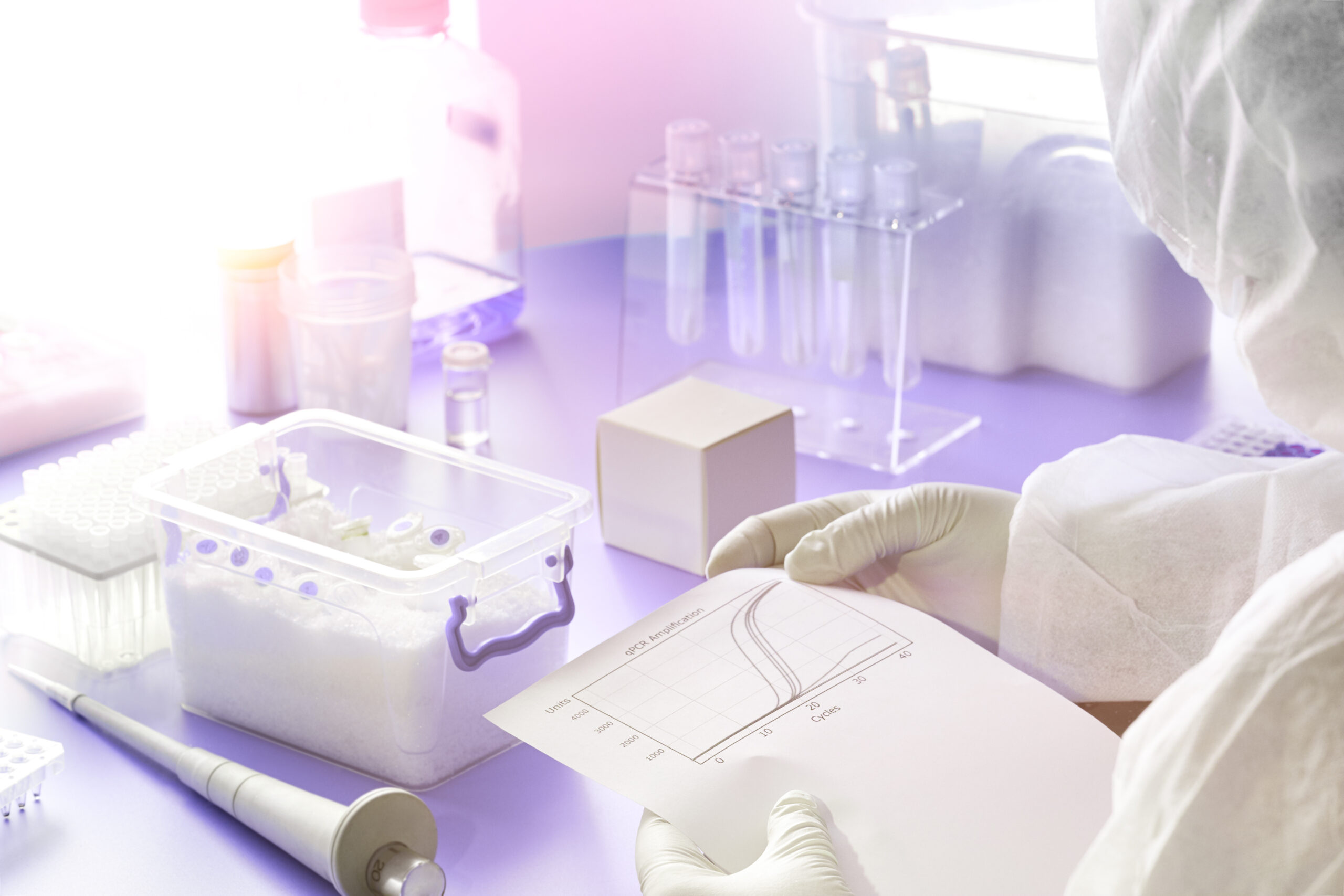Putting a product through rigorous clinical testing is crucial in ensuring it is safe for the general public. To meet this need, most nations have legislated marketing standards for consumer goods that guarantee the items’ safety and, in many instances, their effectiveness.
Clinical trials or testing assess the effectiveness and safety of novel medications, therapies, or diagnostics. The best and quickest approach to uncovering effective therapies is via well-performed clinical tests.
What Purpose Does Clinical Testing Serve?
Clinical testing can only find new cures and methods to detect, diagnose, and lessen the likelihood of acquiring illnesses.
Not everything can be learned in the lab or from animals; clinical trials can teach researchers what works and doesn’t work in people. Doctors may use them to analyze the pros and cons of a new therapy and determine whether it’s worth it.
Methods Used in Clinical Testing
Participating in a clinical trial could include undergoing examinations and procedures at a medical facility other than your doctor’s office.
Participating in a clinical study differs from seeing your normal doctor in many respects. You could be subjected to more diagnostic procedures and checkups than usual.
Clinical tests are conducted for research purposes and held to the highest scientific standards. These norms ensure the safety of research participants and facilitate the generation of valid findings.
Protocol for Clinical Testing
The protocol for a clinical investigation is the overarching strategy that details how the study will be conducted. A doctor acts as the trial’s PI to oversee the study’s scientific rigor and conduct. To begin a clinical study, the PI must first create a protocol.
The protocol describes the procedures to be followed and their rationale during the clinical experiment. Multiple committees examine and endorse the research protocol before it is implemented at participating medical centers. The committees are set up to ensure patients are safe and learn something new, perhaps to help others who suffer from the sickness.
The number of patients who will participate, those who will be eligible, the kind of tests they will undergo and how frequently they will do them, the data that will be gathered, and the specifics of the treatment plan are all essential components of a protocol.
Researchers conducting clinical studies take precautions to minimize the possibility of bias. The term “bias” refers to when the findings of a study are influenced by variables other than the protocol itself.
Distinct Levels of Clinical Testing
There are distinct stages of clinical testing. Phase I trials are the first in the clinical trial process, while Phase IV trials are the last. In broad strokes, they may be characterized as follows:
- Phase 1 study is a “first-in-man” research examining toxic effects and reliability.
- Phase 2, both the safety and effectiveness of the treatment are determined.
- Phase 3 confirms clinical efficacy.
- Phase 4 involves the investigation of novel combinations or post-marketing monitoring.
Clarity Laboratory, based in Warren, New Jersey, is a full-service, cutting-edge, CLIA and CAP-certified laboratory. At Clarity Labs, we employ highly sophisticated, evidence-based profiles to assess patients’ biological and neurological health. For complete laboratory assistance throughout all stages of clinical trial testing, call us at 732-595-5414.


